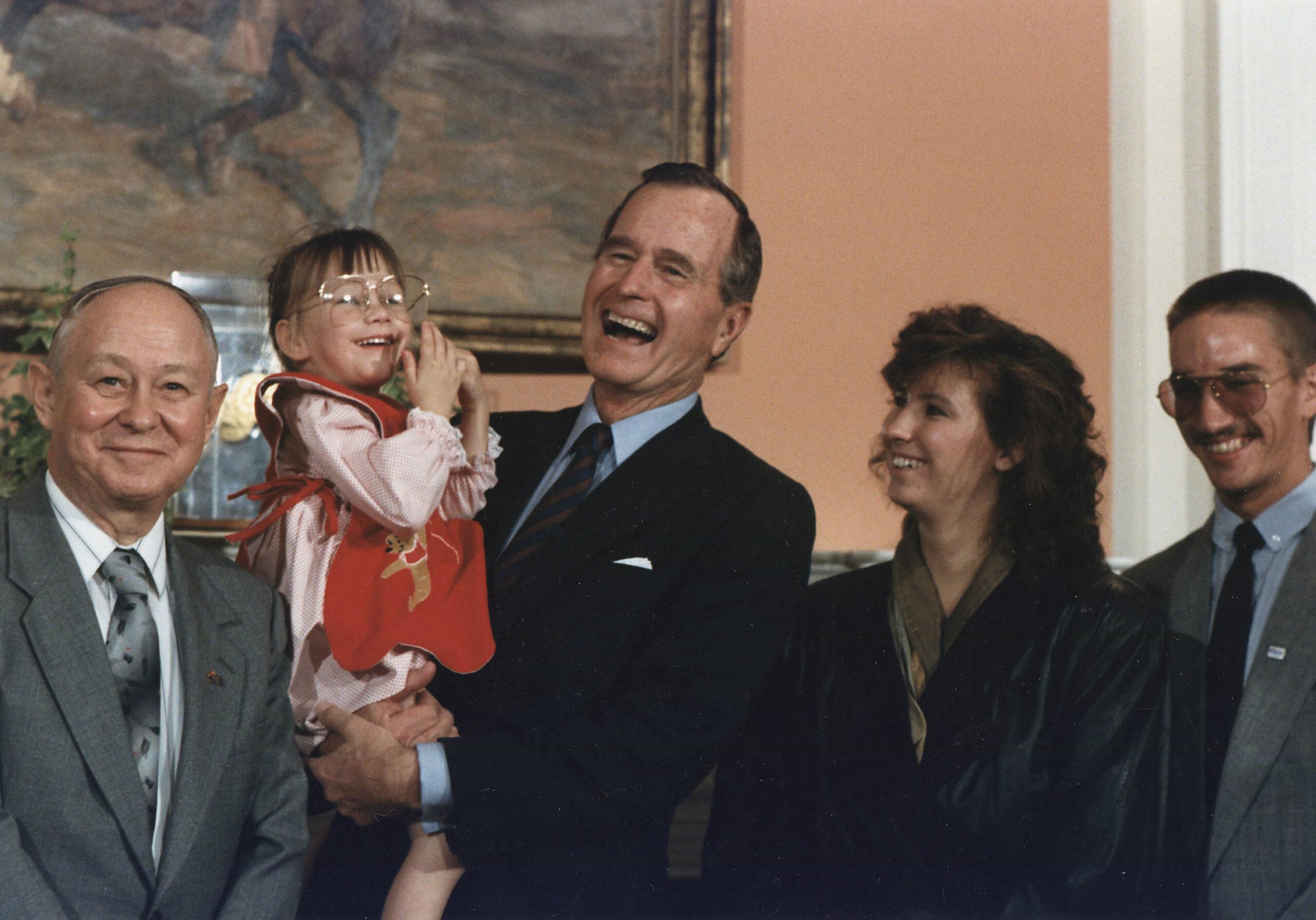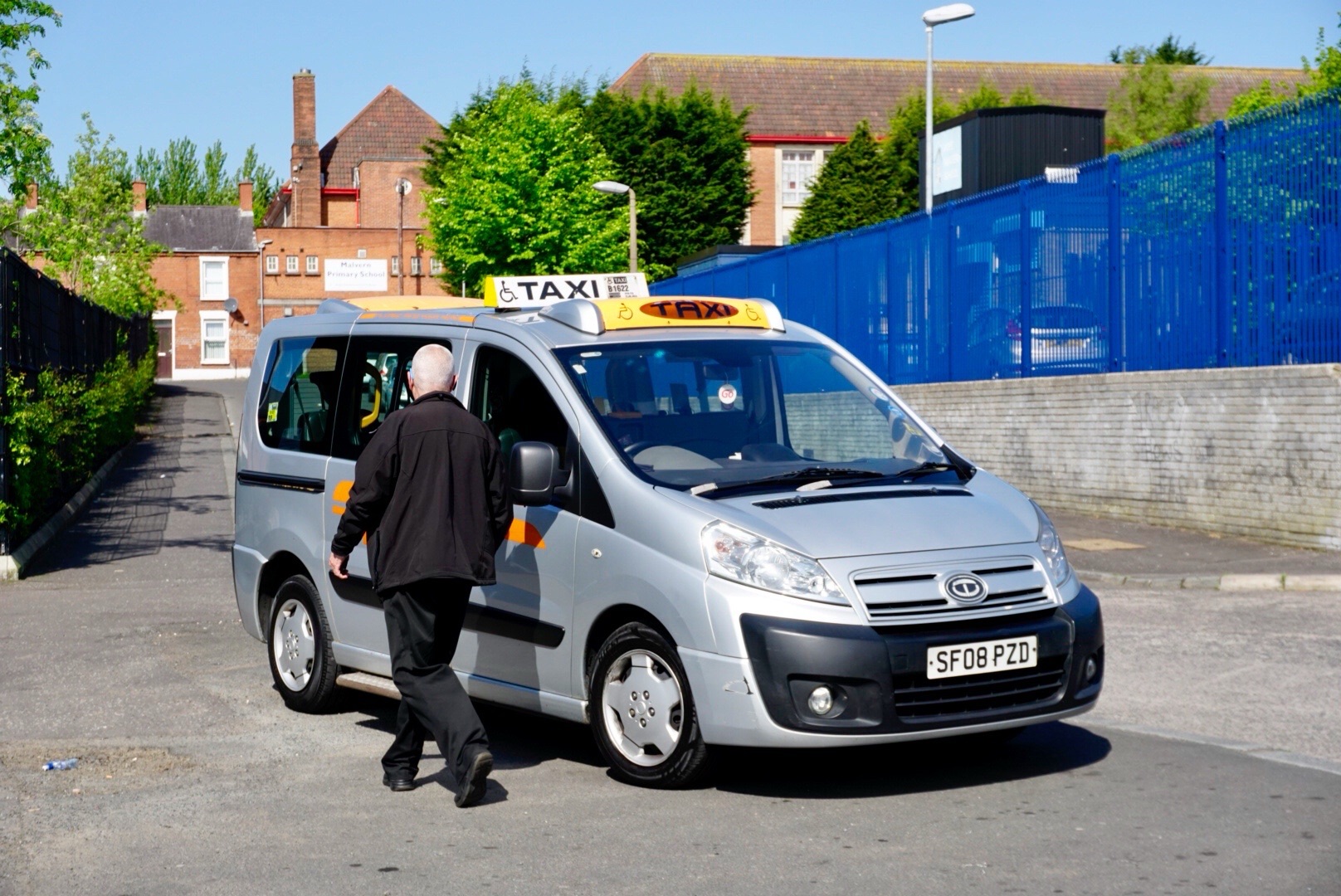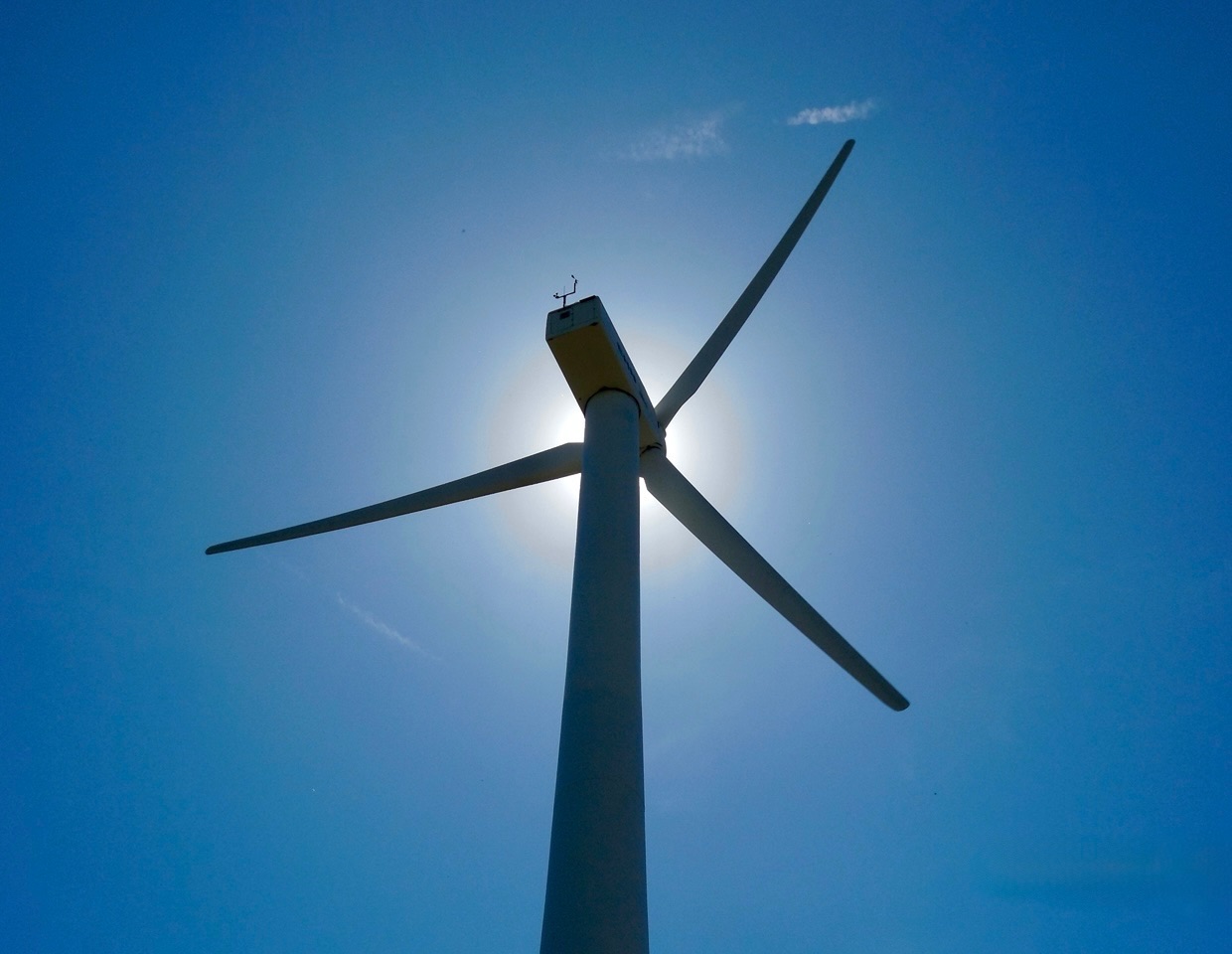
On October 14, 1987, infant Jessica McClure fell into a well in her aunt’s backyard. For 56 hours heroic efforts were undertaken to save the child. The tragedy garnered worldwide attention. Then President Ronald Reagan said, “Everybody in America became godmothers and godfathers of Jessica while this was going on.” Those who remember breathed a communal sigh of relief when she was brought to the surface, alive. She was later a guest of President George Bush in the White House.

This is but one example of our nation pausing to feel vicarious fear and loss at the plight of a helpless soul in peril of loss of life. Mine disasters, airline crashes, vessels sinking… We feel for the victim, the victim’s family, and for each other at daring to imagine, “That could be one of us”.
On March 15, 2025, the United States forcibly removed 29-year-old Kilmar “Abrego” Garcia from the United States to an El Salvador prison. Abrego held legal status to be in the United States as conferred upon him by a US Immigration Court in 2011. His expulsion and imprisonment occurred without being advised of the cause, without an opportunity to be heard, and without Judicial Review, otherwise known as Due Process of Law.
At the time of his confinement Abrego was married and was the father of their 5-year-old child. Both his wife and child are US citizens. He was employed as a Union apprentice sheet metal worker (SMART International Union, Local 100).
Abrego’s wife has subsequently pursued relief through Federal Court. The US District Court found, “”Defendants (the United States) seized Abrego Garcia without any lawful authority; held him in three separate domestic detention centers without legal basis; failed to present him to any immigration judge or officer; and forcibly transported him to El Salvador in direct contravention of [immigration law].” She also said that while there were previous assertions that Abrego Garcia was a member of MS-13, the government has presented “no evidence” Abrego Garcia was a member of MS-13 and had essentially abandoned that argument in her court.
The Government appealed to the US Court of Appeals for the 4th Circuit. In its unanimous opinion it stated: “[The Government] has no legal authority to snatch a person who is lawfully present in the United States off the street and remove him from the country without due process … The Government’s contention otherwise, and its argument that the federal courts are powerless to intervene, are unconscionable.”
The Government then appealed to the US Supreme Court which found: “”The United States acknowledges that Abrego Garcia was subject to a withholding order forbidding his removal to El Salvador, and that the removal to El Salvador was therefore illegal.” In a concurring opinion Justice Sotomayor observed, “The Government’s argument, moreover, implies that it could deport and incarcerate any person, including U.S. citizens, without legal consequence, so long as it does so before a court can intervene.
Although abandoning its identification of Abrego as a gang member, the taint remains as a “bullseye” on his back making him a target for violence at the hands of various gangs where he is incarcerated. The U.S. is paying El Salvador $6 million per year to jail American deportees at the Terrorism Confinement Center (Centro de Confinamiento del Terrorismo, CECOT).



CECOT is one of the largest prisons in the world. Abrego, if he is still alive, finds himself in a 57-acre facility designed to house 40,000 inmates in 8 cell blocks. Each of the 32 cells per block can house 156 inmates. The cells are equipped with four-level metal bunks with no mattresses or sheets, with two toilets and two washbasins for the 156 detainees. Each prisoner is thus allocated 6.5 square feet of floor space.


Upon remand of the case to the US District Court the Trump administration has failed and/or refused to seek Abrego’s return, arguing that he is alive, but “He is detained pursuant to the sovereign, domestic authority of El Salvador.”
Having people “disappear” has long been associated with 3rd world despots and dictators. If there is one victim, then there can be more. If this can occur to legally present non-citizens, then (as noted by one Supreme Court Justice) it can occur to citizens. If this becomes just another news story to be forgotten in favor of the next news story, then we give our approval by silence.
Instead, these events should be given the exposure and deep emotional impact that the plight of Jessica McClure received in 1987. It is only through echoing outrage that outlives the “news-cycle” that restorative action will occur.

“There can be no peace in the World unless there is Justice” – Martin Luther King, Jr.
Peter Schloss






























